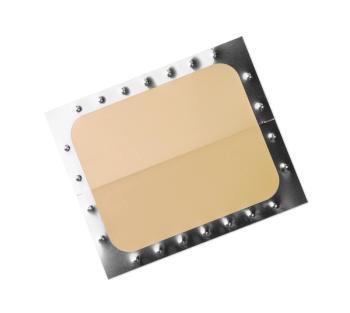
In this study, in situ Raman spectroscopy was used to detect the formation, growth, and evolution of corrosion inside a salt fog chamber. These results pave the way for monitoring the real-time observation of corrosion on metal surfaces.

In this study, in situ Raman spectroscopy was used to detect the formation, growth, and evolution of corrosion inside a salt fog chamber. These results pave the way for monitoring the real-time observation of corrosion on metal surfaces.

As an alternative drug delivery route, transdermal patches control the amount of medication a patient receives. With confocal Raman microscopy it is possible to create a Raman 3D map and thus visualize and analyze the layers of a transdermal patch without damaging it, allowing for quality control and stability measurements.

Several types of Raman spectroscopy, including Fourier transform (FT)–Raman and dispersive Raman, are well suited to examine and understand the fat compositional heterogeneity in solid foods, identify polymorph or crystallinity, and measure fatty acid saturation.

Raman spectroscopy is a valuable tool for research and quality control of lithium-ion (Li-ion) batteries, which are a critical aspect of renewable energy technologies. We highlight two cases of bulk analysis of lithium compounds using Raman spectroscopy.